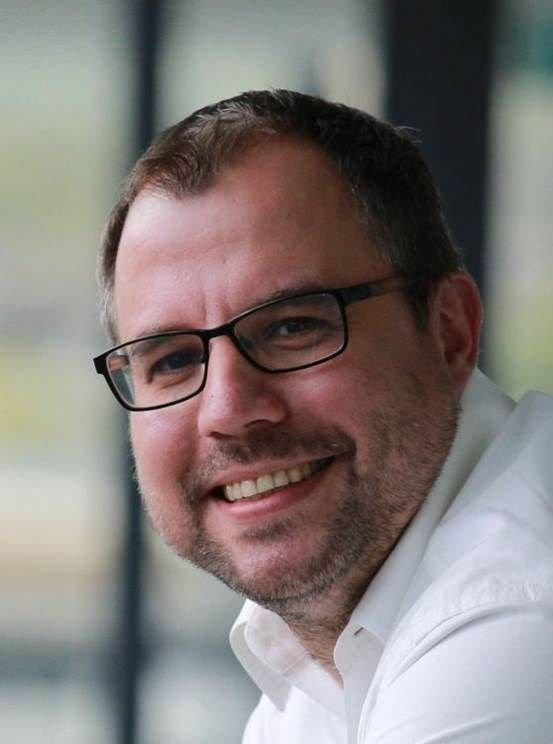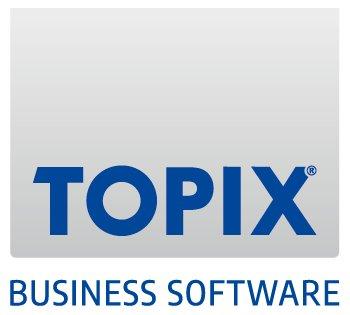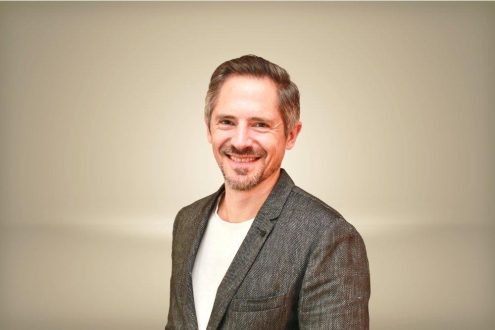
LieberLieber Software: Modelling brings more safety
Dr. Thomas Bauer from the Fraunhofer Institute for Experimental Software Engineering IESE in Kaiserslautern was already familiar with Enterprise Architect before joining the EU research project VALU3S and his positive opinion was reinforced during the project: "Bob Hruska and Robert Sicher from LieberLieber gave all project partners a very good introduction to modelling with Enterprise Architect and were always there to give us advice and support. Therefore, it is not surprising that the modelling platform became a central tool and was used in all 13 industrial case studies." In addition, Bob Hruska is one of the main authors of the VVML modelling language developed in the project, together with Dr. Wolfgang Herzner (AIT Austrian Institute of Technology), Dr. José Proença (Instituto Superior de Engenharia do Porto ISEP) and Dr. Thomas Bauer (Fraunhofer IESE). This is considered one of the outstanding results of VALU3S, as it is freely accessible to all interested parties and represents a milestone in the field of verification and validation (V&V).
Robert Sicher, LieberLieber coordinator of this EU project: "Like LieberLieber, many other project participants built on experience gained in previous EU or industry projects. This allows us to present state-of-the-art V&V methods and tools oriented towards practical requirements and scenarios at the end of the project. We are confident that our research will provide European industry with tools that will guarantee optimal time and cost savings in the increasingly important verification and validation of security and privacy requirements of automated systems in the future."
Extensible modelling and integration platform
One of Enterprise Architect’s great strengths is its openness: the plug-in concept allows new functionalities and existing tool chains to be integrated quickly, which was used by many partners in the VALU3S project. "Enterprise Architect’s open interface and plug-in concept allows us to connect our own solutions and products. In this way, the Enterprise Architect modelling platform additionally becomes an integration platform for tools that we could also usefully apply in our research and industry projects," analyses Bauer.
Enterprise Architect also makes it possible to define domain-specific languages (DSL) in order to be able to model even more easily in a specific field. This possibility is very popular, and in this project, for example, the VVML was created specifically for modelling verification and validation (V&V) processes. With this, V&V-oriented workflows in industrial use cases and with concrete tool chains can now be easily visualised – with the inclusion of the V&V workflow design approach that was also developed. At the same time, the understanding, analysis and improvement of these workflows is facilitated. A separate manual explains the VVML notation, its elements and diagram types and shows how V&V workflows can be modelled. In addition, corresponding rules and guidelines are addressed.
As an applied research institute for software and systems engineering, Fraunhofer IESE uses Enterprise Architect in many projects for the documentation of solution concepts and system architectures, especially in the areas of automotive and automation technology.
VALU3S – Focus on Verification and Validation (V&V)
As in the entire IT sector, the effort required to develop security and data protection concepts is growing considerably in automated systems. The VALU3S project focused on accelerating verification and validation (V&V) throughout the development cycle. Verification is the testing of a component with regard to its compliance with the required properties. Validation, carried out in the next step, examines whether the specified usage goals are actually met in a practical experiment. The goal of V&V activities is to increase product quality, reduce consequential failure costs and, for example, avoid expensive recall actions in order to keep warranty costs low.
To this end, state-of-the-art V&V methods and tools have been developed and evaluated in VALU3S to reduce the time and costs involved in V&V of automated systems with regard to safety, cybersecurity and data protection requirements. Bauer describes the background and goals of VALU3S: "The complexity in these systems increases dramatically as these systems become more integrated and interconnected, and as they gain more automated functions and features. As a result, undetected errors and unintended side effects can occur, requiring thorough V&V of these systems. Failures in highly automated systems can result in catastrophic consequences, which must be prevented at all costs. With our project, we ultimately want to ensure that European manufacturers of automated systems remain competitive and maintain their global leadership position."
The results of the project are available to all interested parties in various formats such as scientific publications, online tutorials and automated tool chains and will also be further developed in follow-up projects.
((Info box))
FERAL – the Simulation and Validation Framework from Fraunhofer IESE
In the context of the VALU3S project, Thomas Bauer worked with his colleagues on automated solutions for the virtual validation of complex systems and on the extension of the integration and validation framework FERAL developed by Fraunhofer IESE. With its different modules, FERAL also enables complex, heterogeneous scenarios to be integrated into a test scenario and to specifically check quality properties in a protected virtual space with the help of digital twins. FERAL allows the flexible coupling of different simulators and simulation models, the integration and development of virtual network components and the execution of fault injection tests at network level. This enables the construction of virtual prototypes that replace real prototypes by means of simulation and evaluate the quality and impact of new architectural concepts on the overall system in a cost-effective manner.
https://www.iese.fraunhofer.de/de/leistungen/digitaler-zwilling/FERAL.html
About the Fraunhofer Institute for Experimental Software Engineering IESE
The Fraunhofer Institute for Experimental Software Engineering IESE in Kaiserslautern has been one of the leading research institutes in the area of software and systems engineering as well as innovation engineering for over 25 years. With its applied research, the institute develops innovative solutions for the design of dependable digital ecosystems, thereby accelerating the economic and social benefits for its customers.
Fraunhofer IESE provides support in mastering challenges in a wide variety of application areas, with particular expertise in the areas of “Automotive & Mobility”, “Production”, “Digital Business”, “Smart City & Smart Region”, “Defense”, as well as “Agriculture & Food” and “Digital Healthcare”. In over 2,000 customer projects, the institute has transferred cutting-edge research into sustainable business practices and innovative products, with the current focus topics being “Dependable AI”, “Digital Ecosystems”, “Digital Twin / Virtual Engineering”, and “System Modernization”.
Fraunhofer IESE is one of 76 institutes and research units of the Fraunhofer-Gesellschaft. Together they have a major impact on shaping applied research in Europe and worldwide, and contribute to Germany’s competitiveness in international markets.
We are a software engineering company. The know-how of our employees lies in model-based software and system design based on tools such as Enterprise Architect from Sparx Systems.
Our customers are companies that place particular importance on the quality of their software and systems development. They wish to maintain a constant overview of their complex development scenarios while ensuring that security-relevant requirements are clearly represented in models.
For this task we provide our own special tools, such as LemonTree and Embedded Engineer. In addition, we offer a range of useful tool integration services to help make our customers‘ development processes more productive.
LieberLieber is a business unit of Lieber.Group. More information: www.lieberlieber.com
LieberLieber Software GmbH
Handelskai 340, Top 5
A1020 Wien
Telefon: +43 (662) 90600-2017
Telefax: +43 (662) 90333-3017
http://www.lieberlieber.com
Leitung Presse- und Öffentlichkeitsarbeit
Telefon: +43 (1) 9072627-204
Fax: +43 (662) 90333-3017
E-Mail: ruediger.maier@lieberlieber.com
![]()



